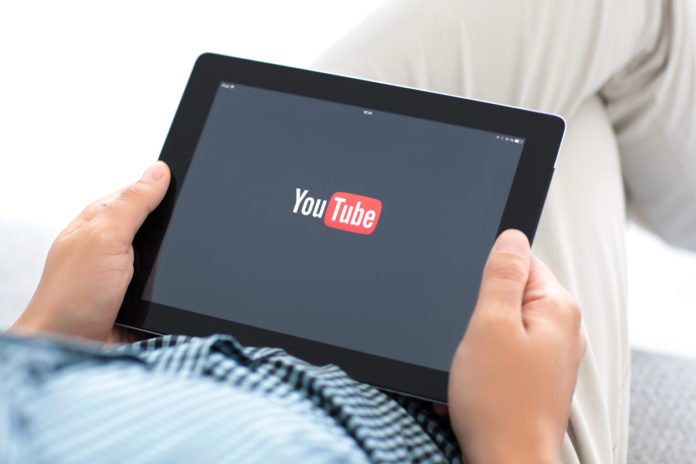By: Nick Gambino
In an effort to continue combatting misinformation, which is widespread on the internet, YouTube is bringing fact check panels to their videos in the U.S.
YouTube has been using these fact check panels in both India and Brazil, but now we’re finally seeing them here in the U.S., and not a moment too soon. The COVID-19 pandemic has seen a wildfire of misinformation spreading across the internet, and YouTube is no exception.
The Google video platform introduced Wikipedia info panels a couple of years ago as well as links to other sources as a first step towards quashing the spread of “fake news” and unfounded conspiracy theories (flat earthers we’re looking at you).
“We’re now using these panels to help address an additional challenge: Misinformation that comes up quickly as part of a fast-moving news cycle, where unfounded claims and uncertainty about facts are common. (For example, a false report that COVID-19 is a bio-weapon,)” a YouTube official blog states. “Our fact check information panels provide fresh context in these situations by highlighting relevant, third-party fact-checked articles above search results for relevant queries, so that our viewers can make their own informed decision about claims made in the news.”
Any quick glance at Twitter or Facebook will show you point-counter points on what constitutes fake news and what kind of news sources are deemed reputable. This feature doesn’t seem to restrict someone’s point of view, but rather offers an argument against it, allowing the viewer to gain both sides of the story and make an informed decision on which to believe.
I see nothing wrong with this. Only someone with a strong bias and desire to control the flow of information would want to curtail both sides of an argument. Whether I like it or not, people should be given the benefit of intelligence, even if they have none. Allow free speech, yes, but also allow informed decision.
These information panels are based on the ClaimReview tagging system and an open network of publishers not employed by YouTube. This means we shouldn’t see too much of a conflict of interest from the video platform.
These social media platforms will continue to introduce features that combat misinformation, but the user is also responsible for taking whatever they read or see on the internet with a grain of salt. Spreading memes that forward our own bias at the sacrifice of truth is just as bad as what some claim the mainstream media does by spreading fake news.









